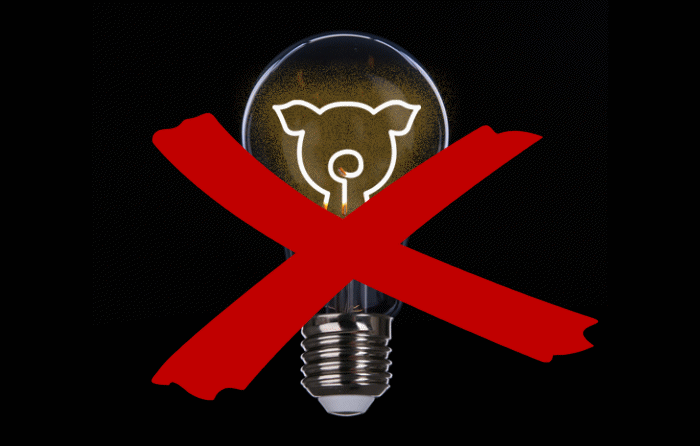
Image: Ecotricity
Households and businesses are increasingly utilising a mains electricity supply with a renewable energy component – but is it vegan? And should we care anyway? Some may.
If you have solar panels on your rooftop and perhaps also arranged for what mains grid supply you’ll need to be sourced from renewables, you’re probably feeling pretty good about the energy side of your life – and so you should. Even just having the solar power system should be providing well-earned warm and fuzzies in addition to lower energy costs.
But one UK company has lifted the bar a bit in relation to green and “ethical” energy by registering with the Vegan Society.
Ecotricity says the energy it produces doesn’t involve the use of animals or animal by-products. It states the practice of using animal by-products and bits of dead animals associated with factory farming to generate electricity and gas in Britain is quite widespread, even if the overall contribution is minimal1. Sources include chook litter, cow and pig manure, slaughterhouse residues and fish.
Ecotricity’s electricity is primarily sourced from wind and solar power. With regard to wind energy, the company has 87.2 MW of operational capacity, 66MW of approved projects and 153.5 MW in planning. In relation to solar farms, it has 1MW currently operating, 4.2MW approved and 25MW in the planning stage.
Ecotricity says it also has plans to start generating “vegan gas” using grass as a feedstock.
“While our electricity and gas have been vegan for as long as we’ve been able, we’re backing this up with registration from the Vegan Society so that people can be clear,” said Dale Vince, founder of the company.
More on the issue of non-vegan electricity and gas as the Vegan Society sees it can be viewed here.
While Ecotricity’s move may be considered just a clever PR stunt, with some vegans being very strict on not only what they eat but everything else they utilise, no doubt it will attract significant interest from this group as well as those particularly concerned about animal welfare.
Bioenergy And Electricity Generation In Australia
According to the Australian Renewable Energy Agency (ARENA), bioenergy currently accounts for nearly 1% of Australia’s electricity production, and 7% of renewable electricity production. The majority of Australia’s current bioenergy capacity (including that used to produce biofuels) is bagasse co-generation. Bagasse is the dry pulpy residue that remains after the extraction of juice from sugar cane.
ARENA doesn’t specifically list animal by-products as among the bioenergy sources used in Australia, but it may be included under what it calls “agricultural products”. If we’re going to get really picky, then landfill gas might also be considered to have an animal component (from discarded food). Even with the crops used as bioenergy feedstock, there can be issues with fertilisers used – did those have an animal component? Determining if something is animal-free will mean different things to different people and can be a journey down the rabbit-hole.
Still, if an animal-free (however you define it) electricity and gas supply is important to you, then check out your electricity retailer to determine if biomass or anaerobic digestion are among the sources used for generation, then enquire as to what the bioenergy feedstock consists of.
Footnotes
- Ecotricity claims less than 1% of the UK’s energy is generated via “non-vegan methods”, but it still affects almost 60% of the population ↩

 RSS - Posts
RSS - Posts



I know of a place in Germany where they are recycling disposable nappies to get methane and other things. Very non-vegan,but it is a great idea,and a continuing resource. The Town Hall is involved. every new mother gets a supply of big white plastic bags,two per week,a years supply at a time. They are taken to special skips located here and there ,picked up by the company and re-used.
Excellent article.
Get your own panels and make sure manufacturing is sustainable and recognises human co-dependency on nature. People are a branch of the tree of life, engaged in sawing off the limb we are sitting on, burning front doors to stay warm… shooting society in the foot for a few pieces of silver.
The Paris Climate Agreement is now only for producers, it needs to be extended to consumers.